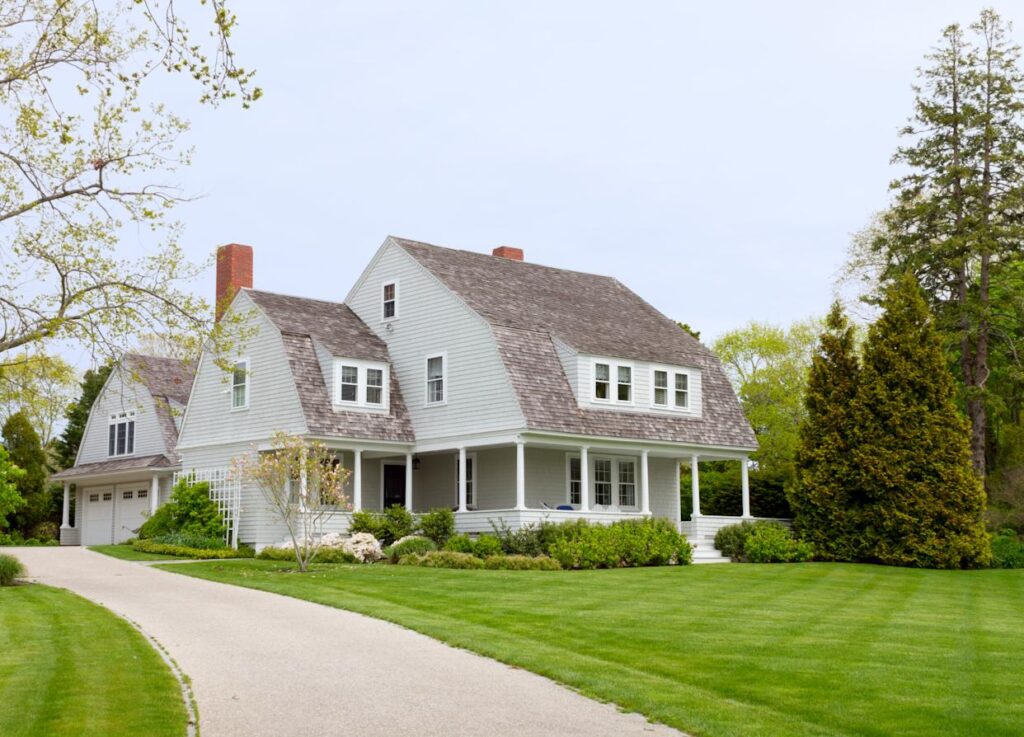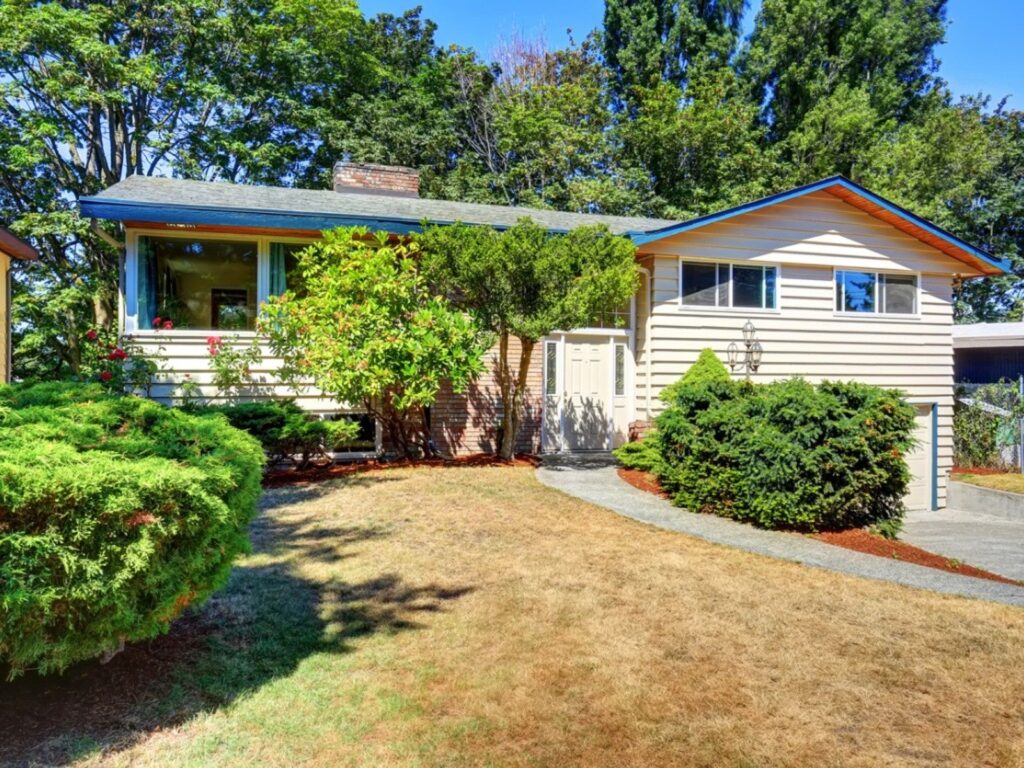When it comes to selling your home, first impressions matter—and that starts with your landscaping. A well-maintained yard can significantly boost curb appeal and increase property value. However, common landscaping mistakes can do just the opposite, deterring potential buyers and lowering your home’s resale price.
In this blog post, we’ll explore the top landscaping mistakes that can decrease home value, and offer practical tips on how to avoid them.


Large, untrimmed trees and unruly shrubs can make your home appear neglected. Not only do they block natural light, but they can also hide architectural features, create safety hazards, and even damage foundations and roofs if roots or branches get too close.
Tip: Regularly trim trees and shrubs, especially near walkways, windows, and the home’s foundation. Consider hiring a professional arborist for larger jobs to maintain both safety and aesthetics.
A dry, patchy, or weed-infested lawn instantly detracts from curb appeal. It signals poor maintenance and can be costly for buyers to fix.
Tip: Invest in regular lawn care, including mowing, aerating, fertilizing, and watering. If your lawn is beyond repair, consider re-sodding or switching to low-maintenance alternatives like drought-tolerant grasses or artificial turf.
Improper drainage can lead to standing water, soggy spots, and even foundation issues—all of which are red flags for buyers.
Tip: Ensure your yard is graded properly to direct water away from your home. Install drainage solutions like French drains or dry creek beds if necessary. Always address water pooling issues before listing your home.
Hardscaping—such as patios, walkways, and retaining walls—adds function and beauty. But too much of it can make your yard feel cold and uninviting. A concrete jungle lacks the warmth and natural beauty that many buyers desire.
Tip: Maintain a healthy balance between hardscaping and softscaping. Incorporate green elements like flower beds, shrubs, or trees to soften the space and create visual interest.
Choosing the wrong plants for your climate can lead to high water bills, increased maintenance, and dying vegetation. Exotic plants may also be invasive or hard to maintain.
Tip: Use native and drought-tolerant plants suited to your region. They require less water, fewer chemicals, and thrive naturally—making your yard more sustainable and easier to maintain.
From garden gnomes to elaborate fountains, too much personal flair can limit buyer appeal. Cluttered or overly unique yard features might not match the tastes of prospective homeowners.
Tip: Stick to simple, clean designs that appeal to a wide audience. Declutter the yard and remove overly personalized decor before listing the property.
A beautiful landscape can go unnoticed if it’s invisible at night. Lack of lighting also creates safety concerns and makes outdoor spaces less functional.
Tip: Install low-voltage LED lighting along pathways, around plants, and near the entrance. Good lighting enhances both safety and ambiance.
Dead leaves, fallen branches, and unpruned plants are signs of neglect. Seasonal mess can turn away buyers and make your home seem high-maintenance.
Tip: Schedule regular seasonal cleanups, including leaf removal, mulching, and pruning. A tidy yard indicates ongoing care and attention to detail.
Conclusion: Landscaping Can Make or Break Your Home’s Value
Curb appeal is more than just aesthetics—it’s a key factor in home valuation. Avoiding these top landscaping mistakes can make your property more attractive to potential buyers and help you get top dollar when it’s time to sell.
Remember: Your yard is the first thing people see. Make sure it reflects the quality and care you’ve put into your home.


